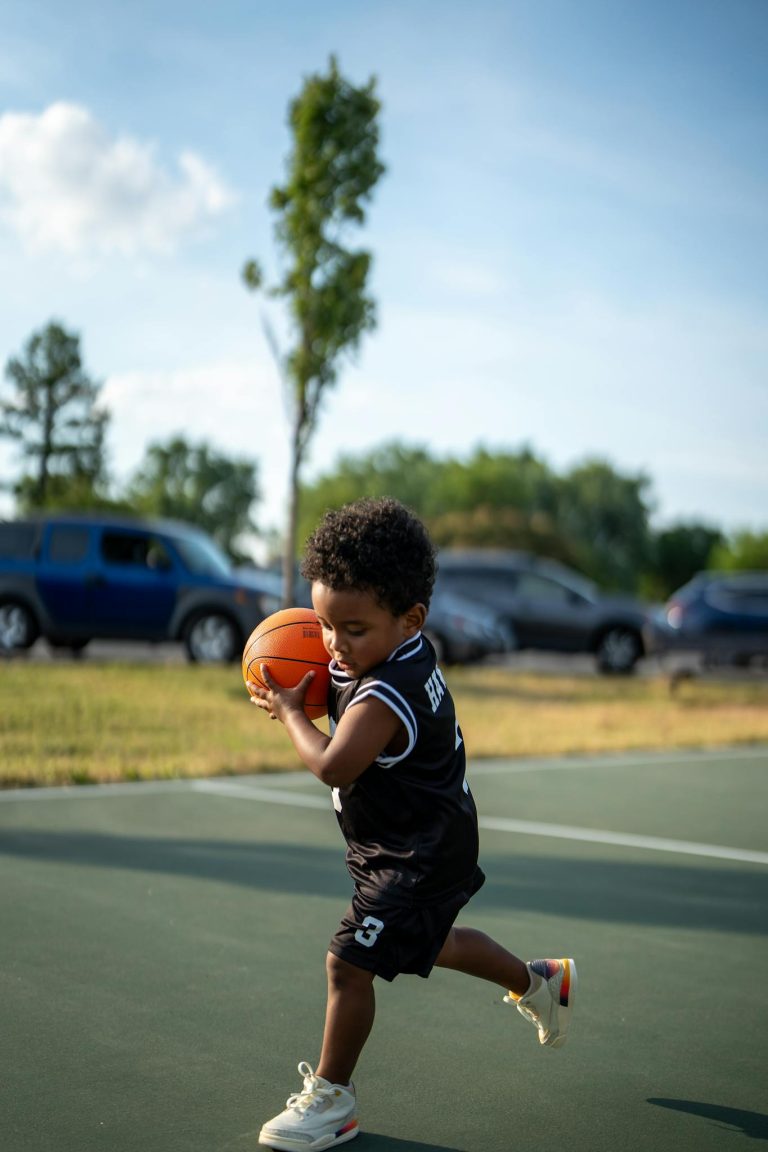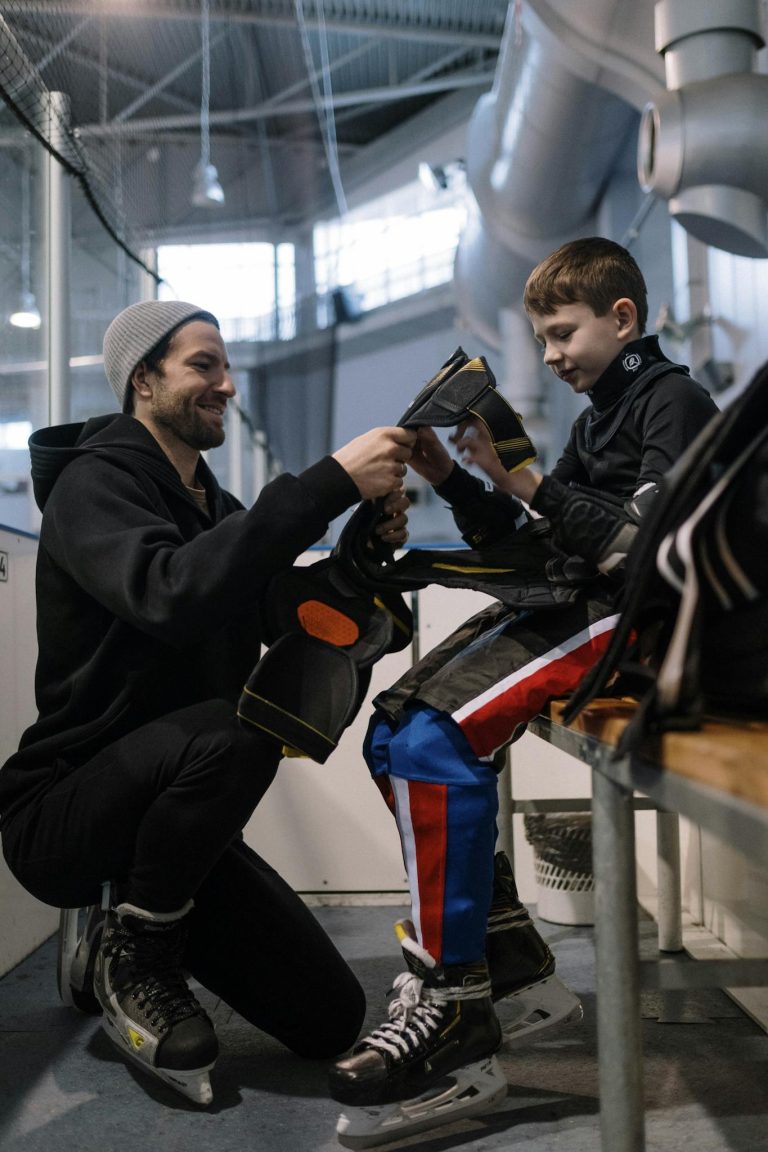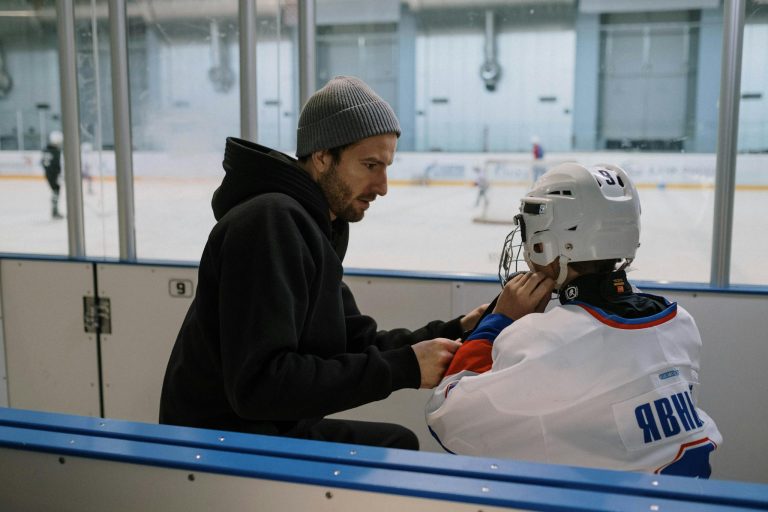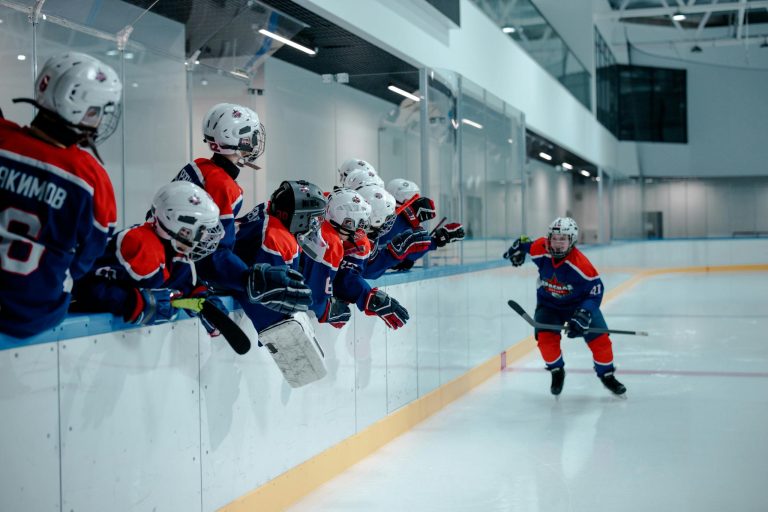Essential Baseball Fundamentals Every Beginner Should Master
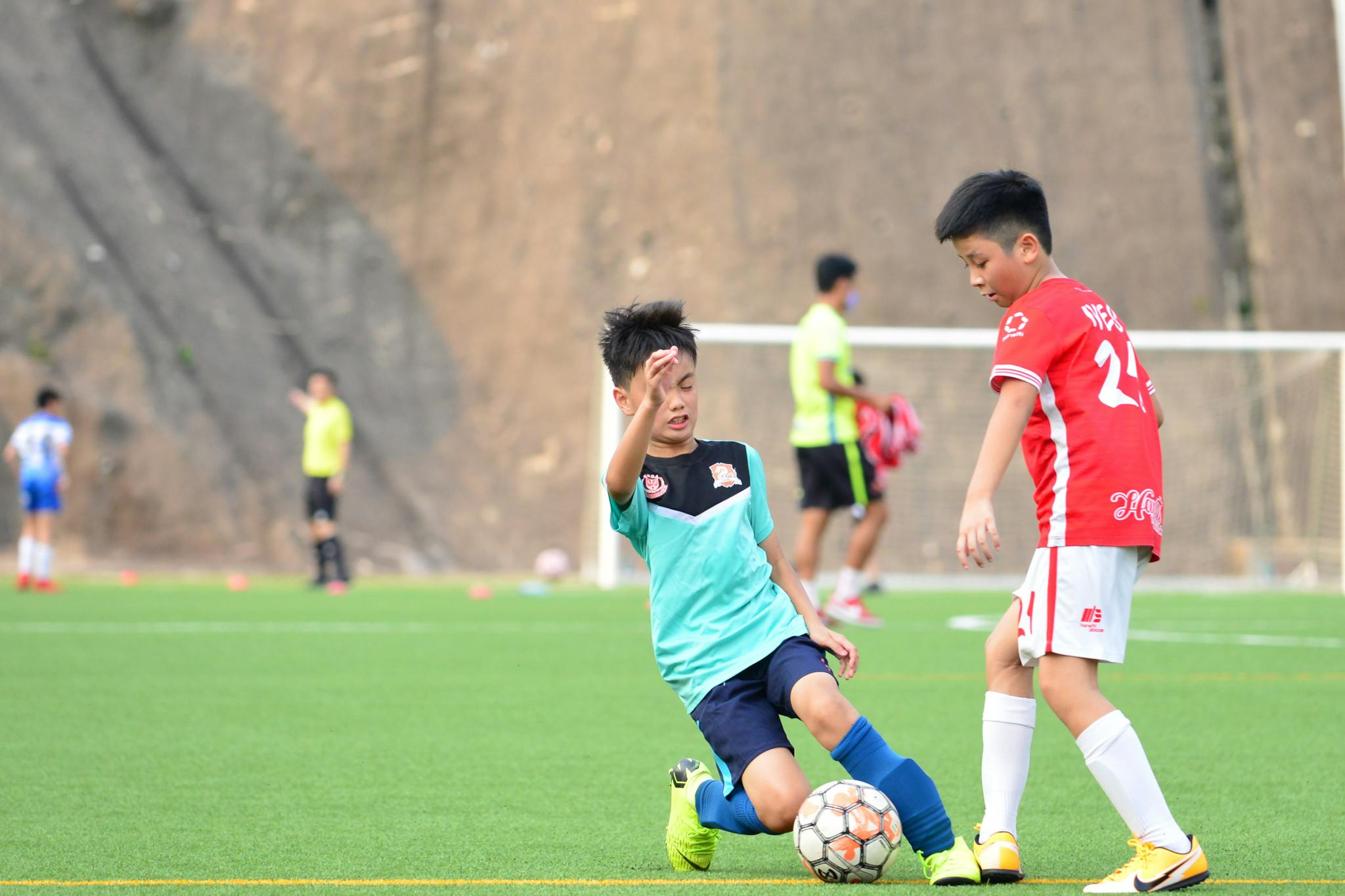
Introduction

When I first started coaching youth baseball, I quickly realized that most new players – whether they’re 8 or 38 – make the same fundamental mistakes. It’s not their fault, really. Baseball looks simple on TV, but there’s a lot more technique involved than people think.
The biggest game-changer I’ve seen is getting the fielding stance right from day one. You want your feet shoulder-width apart, knees slightly bent, and your glove hand extended out in front. I always tell beginners to imagine they’re sitting on an invisible stool – that’s the kind of athletic position you need. Your weight should be on the balls of your feet, not your heels, so you can react quickly in any direction.
Here’s what I wish someone had told me early on: keep your eye level consistent. When you’re crouched too low or standing too tall, ground balls become way harder to judge. I’ve watched countless players miss easy grounders because they were bobbing up and down like a jack-in-the-box.
Throwing mechanics are where things get really technical. The most common mistake I see is players throwing with just their arm instead of using their whole body. Your throwing motion should start with your feet – step toward your target with your opposite foot (left foot for righties, right foot for lefties). Then rotate your hips and shoulders, and finally let your arm whip through.
Think of it like cracking a whip – the power starts from the ground up. I always demonstrate this by having players practice their throwing motion without a ball first. It feels awkward initially, but muscle memory kicks in faster than you’d expect.
The “two hands for beginners” rule isn’t just something coaches say to be annoying. When you’re catching, position your glove where the ball will arrive, then bring your bare hand over to secure it. This creates what we call a “basket” effect. I’ve seen too many players get cocky and try one-handed catches, only to watch the ball pop out of their glove.
For fly balls, get under the ball early and let it come down to you around chest level. Don’t try to catch it over your head unless you absolutely have to – that’s advanced stuff that can wait.
Base running is all about efficiency, not just speed. Run through first base on ground balls – never slow down or look back until you’ve crossed the bag. On other bases, take your turn by running in a slight arc, which sets you up better for potential extra bases.
The key is reading the ball off the bat and making smart decisions. Sometimes the fastest player on the team isn’t the best base runner because they don’t understand situational awareness.
Understanding field positions and basic rules prevents those embarrassing moments that every beginner dreads. Know that there are nine defensive positions, and each has specific responsibilities during different game situations. The infield fly rule, force plays, and tagging up on fly balls – these concepts will save you from looking lost out there.
Start with these fundamentals, practice them consistently, and you’ll build a solid foundation that’ll serve you well as you develop more advanced skills.
